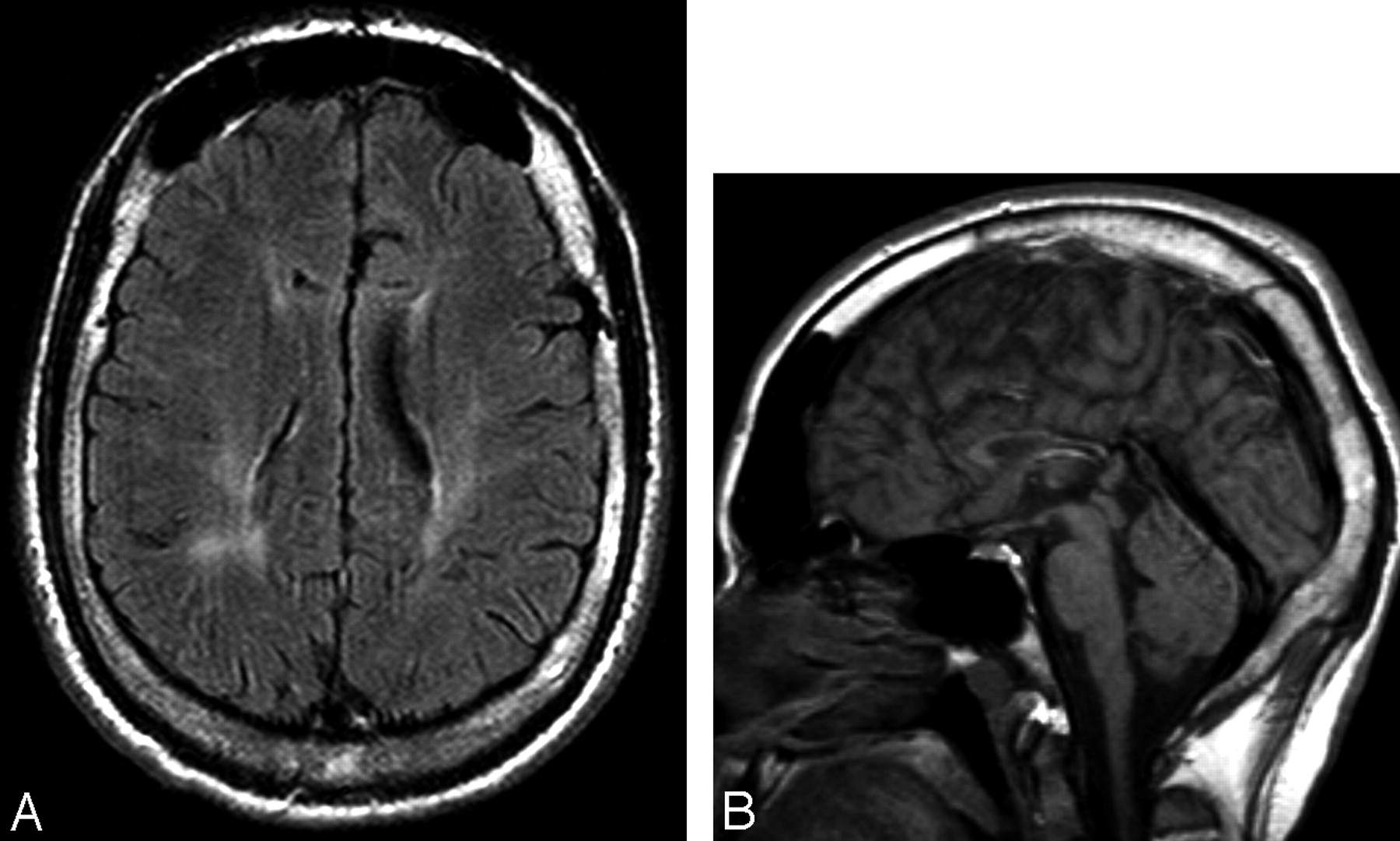
Hereditary Spastic Paraplegia (HSP) is a group of inherited disorders that cause weakness and stiffness in the leg muscles. HSP affects people of all ages, though symptoms often start in childhood or early adulthood. The condition varies widely; some individuals experience mild symptoms, while others face significant mobility challenges. HSP results from genetic mutations, and over 70 different genes have been linked to the disorder. No cure exists, but treatments like physical therapy, medications, and assistive devices can help manage symptoms. Understanding HSP is crucial for those affected and their families, as it can impact daily life and long-term health.
Key Takeaways:
- Hereditary Spastic Paraplegia (HSP) causes leg muscle weakness and stiffness due to genetic mutations. Early diagnosis and treatments like physical therapy can help manage symptoms and improve quality of life.
- Living with HSP involves adapting to physical limitations, seeking emotional support, and staying informed about new research and treatments. Home modifications and assistive devices can improve accessibility and comfort.
What is Hereditary Spastic Paraplegia?
Hereditary Spastic Paraplegia (HSP) is a group of inherited disorders that cause weakness and stiffness in the leg muscles. These conditions can vary widely in their severity and progression.
- HSP is also known as familial spastic paraparesis.
- It primarily affects the lower limbs, leading to difficulty walking.
- The disorder is caused by genetic mutations.
- Symptoms often start in childhood or adolescence.
- There are over 80 different genetic types of HSP.
- The most common form is autosomal dominant HSP.
- Autosomal recessive and X-linked forms also exist.
- HSP can be classified as "pure" or "complex."
- Pure HSP involves only lower limb symptoms.
- Complex HSP includes additional neurological issues.
Symptoms and Diagnosis
Understanding the symptoms and how HSP is diagnosed can help in managing the condition effectively.
- Early symptoms include muscle stiffness and spasms.
- Over time, walking becomes more difficult.
- Some people experience bladder issues.
- Fatigue is a common symptom.
- Diagnosis often involves genetic testing.
- MRI scans can help rule out other conditions.
- Electromyography (EMG) tests muscle activity.
- Nerve conduction studies assess nerve function.
- Family history is crucial for diagnosis.
- Some forms of HSP can be misdiagnosed as multiple sclerosis.
Treatment and Management
While there is no cure for HSP, various treatments can help manage symptoms and improve quality of life.
- Physical therapy is essential for maintaining mobility.
- Occupational therapy helps with daily activities.
- Medications can reduce muscle stiffness.
- Baclofen and tizanidine are commonly prescribed.
- Botulinum toxin injections may help with muscle spasms.
- Orthopedic devices like braces can aid walking.
- Regular exercise is beneficial.
- Hydrotherapy can improve muscle function.
- Speech therapy may be needed for complex HSP.
- Support groups provide emotional and social support.
Genetic Aspects
The genetic basis of HSP is complex and involves many different genes.
- Mutations in the SPG4 gene are the most common cause.
- SPG4 mutations account for about 40% of cases.
- The SPG3A gene is another common culprit.
- Genetic counseling is recommended for affected families.
- Prenatal testing is available for some forms of HSP.
- Research is ongoing to identify new genetic mutations.
- Some mutations are de novo, meaning they occur spontaneously.
- Genetic heterogeneity makes diagnosis challenging.
- Whole-exome sequencing can identify rare mutations.
- Understanding the genetic basis can guide treatment.
Living with HSP
Living with HSP involves adapting to physical limitations and finding ways to maintain a good quality of life.
- Home modifications can improve accessibility.
- Assistive devices like wheelchairs may be needed.
- Emotional support is crucial for mental health.
- Adaptive sports can provide physical activity and social interaction.
- Nutrition plays a role in overall health.
- Regular medical check-ups are important.
- Pain management strategies can improve comfort.
- Social services can assist with daily living needs.
- Employment accommodations may be necessary.
- Staying informed about new research and treatments is beneficial.
Final Thoughts on Hereditary Spastic Paraplegia
Hereditary Spastic Paraplegia (HSP) is a complex condition with a wide range of symptoms and genetic causes. Understanding HSP can help those affected and their families manage the condition better. From muscle stiffness to mobility challenges, HSP impacts daily life significantly. Research is ongoing, and advancements in genetic testing offer hope for better diagnosis and treatment options. Support groups and medical professionals play crucial roles in providing care and information. Staying informed about the latest developments can make a big difference. Remember, while HSP presents challenges, there are resources and communities ready to help. Keep learning, stay connected, and never hesitate to seek support.
Frequently Asked Questions
Was this page helpful?
Our commitment to delivering trustworthy and engaging content is at the heart of what we do. Each fact on our site is contributed by real users like you, bringing a wealth of diverse insights and information. To ensure the highest standards of accuracy and reliability, our dedicated editors meticulously review each submission. This process guarantees that the facts we share are not only fascinating but also credible. Trust in our commitment to quality and authenticity as you explore and learn with us.
